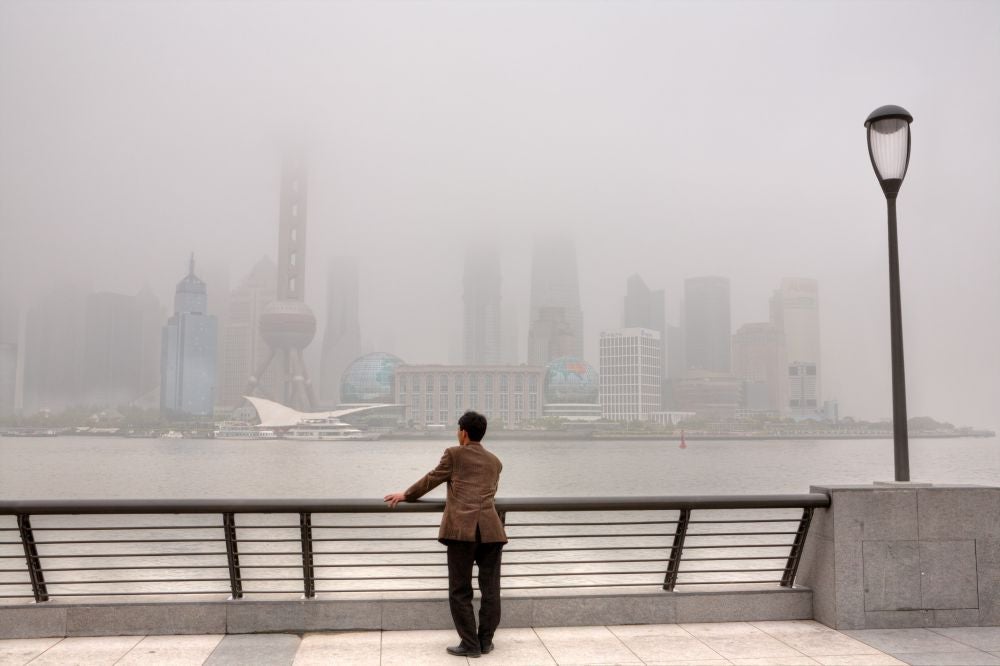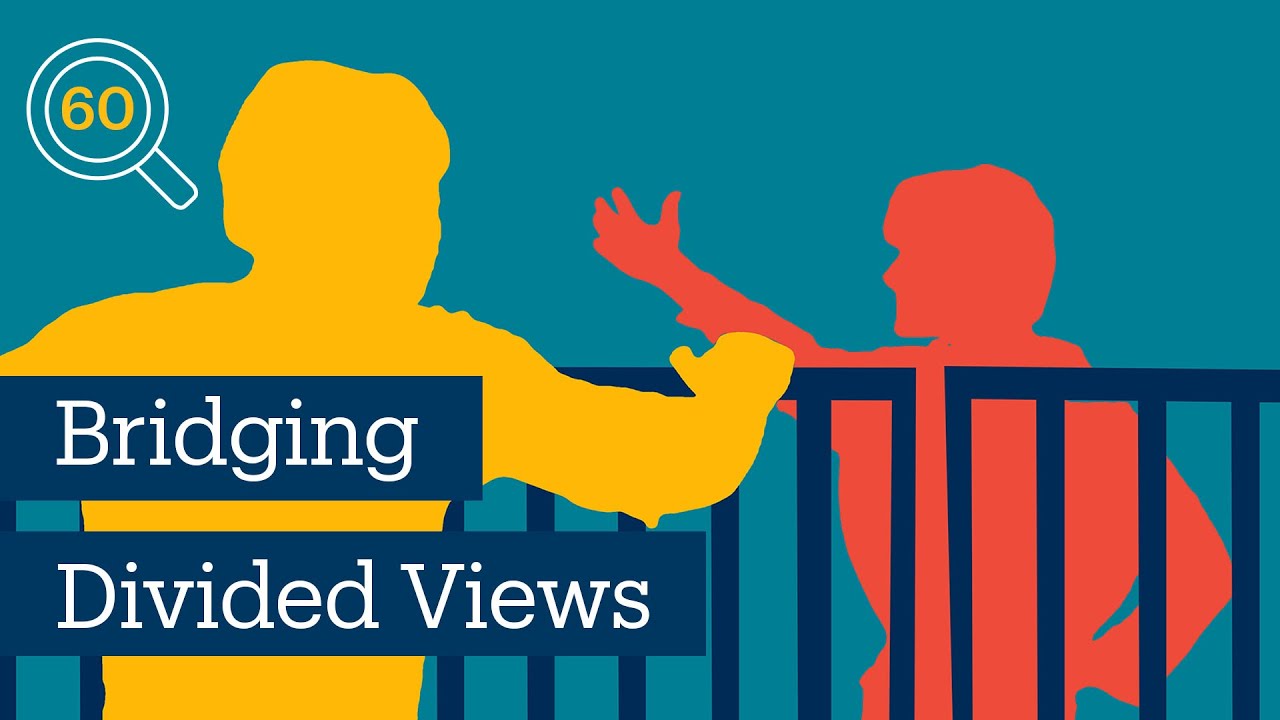
The Real Influencers


China’s central government hands down scores of mandates on issues like the environment and education to local officials every year. But in a country with thousands of counties, districts, townships and more, ensuring compliance with those rules presents a huge challenge.
A national-scale experiment conducted over five years and designed by two UC Santa Barbara scholars and their collaborators at Nanjing University demonstrates that monitoring of local governments by non-governmental organizations (NGOs) plays a direct role in boosting compliance with national policy orders.
Sarah E. Anderson, a UC Santa Barbara associate professor of environmental politics in the Bren School of Environmental Science & Management, and Mark Buntaine, an assistant professor of environmental institutions and governance at the Bren School, with co-authors Mengdi Liu and Bing Zhang of Nanjing University, detail the experiment in which they partnered with the Beijing-based Institute for Public and Environmental Affairs (IPE) in “Non‐Governmental Monitoring of Local Governments Increases Compliance with Central Mandates: A National‐Scale Field Experiment in China” in the American Journal of Political Science.
In the U.S. and other democratic countries, they note, NGOs and the media serve as “information brokers about the noncompliance of local governments to both citizens and higher levels of government.” That’s often not true in countries like China, where non-governmental organizations do not press officials for policy changes.
As the researchers note in the study, “In authoritarian settings, local press outlets and nonstate actors are often not available or able to challenge local officials about their implementation of policies and directives.”
Enter the IPE, which monitors and ranks the performance of local governments. It might seem odd given the official restrictions on NGOs, but Anderson and Buntaine said the central government encourages the work of IPE because it’s performing a service to the state.
“The central government,” Anderson explained, “wants these localities to be transparent — that’s useful to them in monitoring and knowing what’s going on and being able to manage pollution. It’s an example of an NGO taking advantage of an opportunity when their goals are consistent with the central government.”
The study involved 50 local governments, half of which were informed that they were being monitored and rated about their implementation of transparency rules, while the other half were not. After three years it was clear, Anderson said, that the governments informed of the monitoring — what the study called “treated” governments — came into greater compliance than those that were not.
“If you are a city official,” Anderson said, “and you now know that everyone, including the central government, is going to know whether you’re complying with these very clearly drafted mandates for reducing pollution in your city and being transparent about it, you’ll probably step up and pay attention. That’s what we observe. In fact, our research team interviewed local officials, and they said, ‘Oh yeah, we paid attention.’
“And so we can see the difference between the city that doesn’t have their rating revealed, doesn’t even know they’re being watched, and the cities that know they are being watched,” she added. “Both are getting pressure from central government so they’re of improving over time, of course. But cities that are being monitored and having that monitoring revealed improve more.”
The study also begins to evaluate the efficacy of transparency in local governments, Anderson and Buntaine said. It’s a tricky proposition, they said, because effective governments, having nothing to hide, often embrace transparency.
“That’s the problem with understanding whether transparency works,” Anderson said. “You’re for it if you’re doing a good job, and you’re against it if you’re not.”
The study, as broad as it was, provided clear evidence of a link between improved performance and transparency about performance, she said.
“We have this amazing way to be able to say that rating and revealing performance of local governments causes this improvement,” Anderson said, “which, again, in the context of the challenge of studying transparency, is unique.”
The study, the authors noted, is remarkable for its scale and depth. All 50 cities were rated three times, which required a week’s work per city for the study’s liaison on the ground.
“I don’t know of any other field experimental study that approaches a question of governance at this scale,” Buntaine said, “where the unit of treatment and analysis is governments themselves, rather than individual citizens or officials. The credit for the actual interface with the partner goes to our Chinese collaborators from Nanjing University, who managed the relationship with IPE over the last couple of years and made this project happen on the ground.”
Looking ahead, the authors said the study offers reason to believe NGOs can play a role in addressing pressing issues such as pollution and climate change, which is why their work is encouraged by China’s central government.
“This study was a major effort,” Buntaine said, “which is why we’re excited about it and want others to know that ratings and information can improve the performance of governments. We can actually say, ‘Look, NGOs can make a real difference, even in a place where you might not expect them to.’ ”



